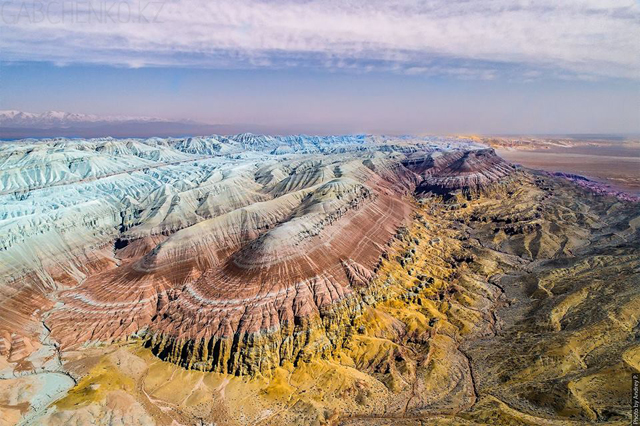NUR-SULTAN – The new Environmental Code will encourage companies to modernize their production facilities and shift to eco friendly technologies, Kazakh Minister of Ecology, Geology, and Natural Resources Magzum Mirzagaliyev said in an interview with Kazinform.

According to the new Environmental Code, the 50 largest companies that account for 80 percent of emissions in Kazakhstan, will replace their old technologies with the best available technologies (BATs) by 2025.
“If the companies do not implement BATs, then the rates for emission payments will grow significantly. In Europe, BATs reduced emissions by 94 percent over 15 years,” said Mirzagaliyev.

The minister noted that the new Environmental Code, which will enter into force July 1, has been developed and discussed for several years.
“It was important to keep a balance between environmental and economic interests. The provisions of the new code have been worked out in accordance with the principles of the Organization for Economic Co-operation and Development (OECD) and the European Union. It is impossible to solve all environmental issues in a short period. However, it is quite possible to develop effective mechanisms and move towards a green economy,” he added.
Mirzagaliyev emphasized that it is necessary to take measures that prevent negative impact on the environment rather than to simply pay fines.
“In 2019, the volume of emissions of harmful substances reached more than 2 million tons. Now all businesses who use natural resources are obliged to restore the environment to its natural condition. The best available technologies will be introduced to solve air, water and soil pollution issues,” he said.
A Strategic Environmental Assessment (SEA) will also be performed among other important steps.
“This is an effective tool,” the minister explained. “For example, if the SEA was carried out when expanding the area of irrigated land, the Aral Sea disaster could have been prevented. The SEA will help to determine the consequences for the environment and health.”
The approaches to the assessment of environmental impact will be simplified with the focus on environmentally hazardous facilities. The mandatory automation of industrial environmental monitoring will be introduced. The data will be made available online. GPS sensors will be installed on garbage collection vehicles. The fine has also increased tenfold for exceeding emissions targets.
The minister also spoke about ecotourism in Kazakhstan.
“The preservation of unique natural sites is essential. We presented the concepts for ecological tourism development in the Ile-Alatau, Charyn National Parks, Altyn-Emel and Kolsay Lakes. Tourist routes and trails will be developed to prevent construction. We expect to open information centers, glamping sites, and sites for caravans and motorhomes,” he said.
There is a plan to attract investments worth 31 billion tenge (US$72 million) to the national parks by 2025. The expected number of tourists is more than 2 million people and more than 1,000 new jobs will be created.
The draft law “On Responsible Treatment of Animals” is under consideration in the Majilis, the lower house of the Kazakh Parliament.
“The law was developed with the support of deputies and animal rights activists. Its main goal is to stop animal cruelty,” said the minister.

